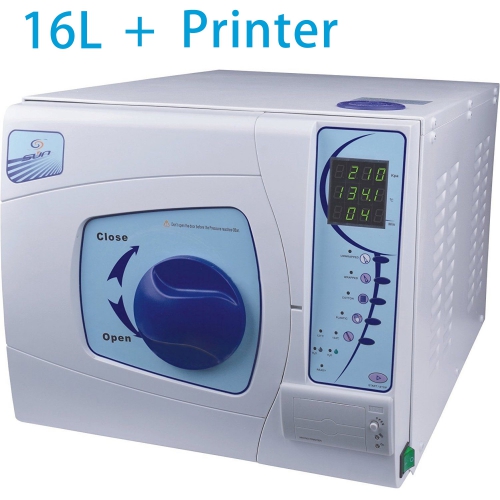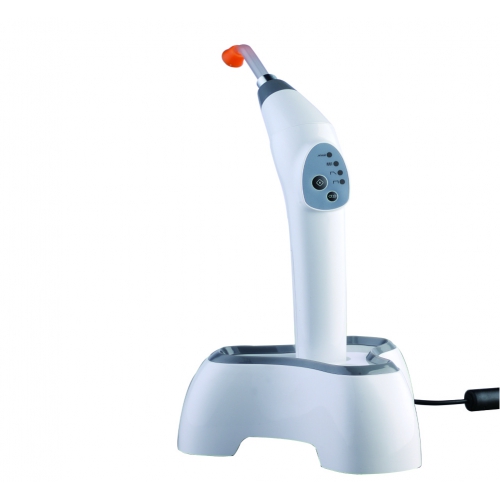Dental x-rays are one of the most important part of your regular dental treatment. Dental radiography has evolved from film and chemical developers into a highly technical process that involves various types of digital x-ray machines, as well as powerful dental software programs to assist the dentist with image acquisition and diagnostic analysis of the acquired images. When making the decision to purchase x-ray equipment, the doctor needs to research the available options thoroughly, in order to make an informed choice for the “right” machine for his or her practice.
A portable dental x-ray is a device that is able to go to the patient as opposed to a standard x-ray machine, which is attached to a wall in a dentist office and requires the patient to be in-office. Some portable devices are completely hand-held while others sit on a stand. Both options often come in carrying cases for easy transport. They are used on patients who don’t have the ability to access a dentist’s office — those who are home-bound or work in remote undeveloped locations are just some of the patients who benefit from the device.
Many patients see their dentist in-office, others require the dentist and equipment to go to them. Those who are incarcerated, home-bound, in nursing homes, working in underdeveloped locations or stationed on military bases are just some of the patients who may benefit from having access to a portable x-ray machine. Teeth problems could not only be painful but could also cause many health problems. Waiting to access an in-office machine may not be an option depending on the condition.
The orthodontist requires a way to obtain the size and form of craniofacial structures in the patient. For this reason, a cephalometric extension on the imaging x-ray device is necessary to acquire images that evaluate the five components of the face, the cranium and cranial base, the skeletal maxillae, the skeletal mandible, and maxillary dentition. The cephalometric attachment offers images such as frontal AP and lateral cephs.
If the practice is concentrated in endodontic and implant treatment, then a CBCT machine is the most practical method of providing the doctor with diagnostic tools such as mandibular canal location, surgical guides, and pre-surgical treatment planning with the assistance of powerful 3D dental software applications. The patient is benefited by the reduced radiation exposure provided by these machines.
The portable dental x-ray is not only useful to patients, but also to dentists who want to be able to help patients who don’t have immediate access to a dental office. Without the device, there is no doubt that quite a few individuals would go without knowing the cause of their tooth pain. Though it doesn’t mean they’ll seek immediate dental care, it at least increases the chances depending on the results of the x-rays.

